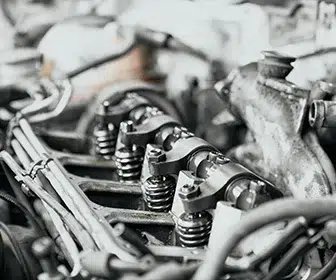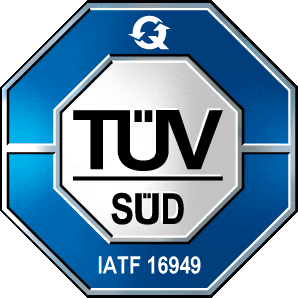What metal is used to make car bodies and engines? An automotive vehicle contains numerous components such as tires, wheels, gas tanks, seats, windows, etc. Each component has unique requirements concerning durability, temperature and corrosion resistance, cost-effectiveness, and more. Manufacturing vehicle parts and building automobiles is a complex task, so every concept design must incorporate engineering expertise.
Metals Used in Car Manufacturing
Steel
Steel is one of the most common materials in car manufacturing because it is strong, inexpensive, accessible, and easy to handle and transform into auto parts, such as chassis, wheels, brakes, or engines.
Aluminum
Aluminum is a lightweight but strong metal resistant to corrosion. Although it is not as cost-effective as steel, it is flexible and, therefore, increases efficiency.
Other Metals
There are several other metals used in cars. Bronze is similar to brass except it’s softer. Brass is similar to bronze but slightly harder. Copper is similar to brass and bronze but even softer. And finally, iron is similar to steel but much heavier.
Metal Alloys

A metal alloy is a mixture of two or more metals. An example would be zinc and copper. Zinc is a cheap metal that’s easily mined, while copper is a very expensive metal. By mixing them, you get a material that’s inexpensive and strong at the same time.
Metal alloys are used in many automobile components such as exhaust manifolds, fuel injectors, spark plugs, pistons, valves, valve springs, engine blocks, and heads. These materials help reduce friction between moving parts and improve heat transfer from hot gases inside an internal combustion engine. They also enhance the durability and longevity of an engine component.
Reasons to use metal in building car parts
There are many reasons metals have been chosen over other materials to build cars; however, the two main ones are cost-effectiveness and durability.
- Metal bodies require less maintenance than composite material bodies.
- Composite materials may crack if scratched, whereas metals do not scratch easily, making them easier to maintain. In addition, metal bodies do not rust, unlike composite body parts.
If you are ready to take your car manufacturing to success, look for a partner that can provide you with expertise in metal processes and the automotive industry. Contact us at ARRK, receive all the support you need in rapid prototyping, and get the best quality for your automotive projects.







